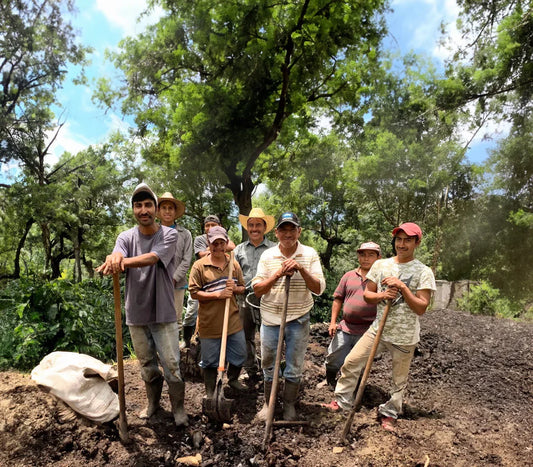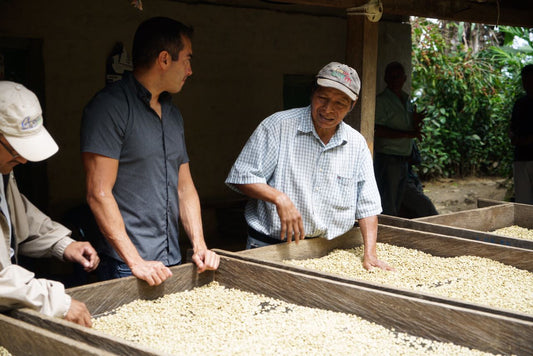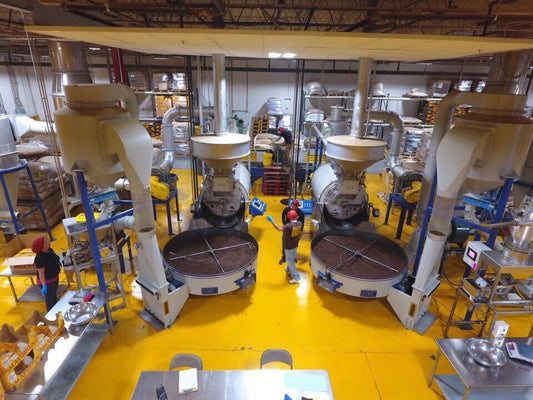
Tamales: A Labor of True Love
Tamales are a household staple for many of us. But they demand great skill – and a lot of love.
When Marta Sánchez thinks back to her earliest memories, she says that it's tamales that stand out.
Sat, aged three, on the countertop in her abuela's kitchen, she can still remember the sights, sounds, and smells of her family assembling tamales during the holiday season.
"I couldn't make them myself, of course," she says. "But I knew that all the smells and the time and concentration it took, meant we were having tamales."
Tamales: More Than Just A Meal
Like Marta, most of us hold cherished memories of tamales. That's because they are much more than just a meal: they are a social and family event. And there are no shortcuts or quick fixes; making them often demands input from the entire family, whether it's for spreading, filling, or wrapping.
"It's a very special time to gather together," Santos Garza explains. "We unite for dinner, everyone shares and it's beautiful."
María Icharra agrees, saying that tamale-making time equated to family bonding time in her home. "We used to make an assembly line. My dad used to put the masa on the corn husk, I used to put in the filling, and one of my sisters would add them to the pot.
"We would come together and make tamales as a whole family and talk about our day. To me and to us, it's a very beautiful memory."

Tamales: A Cultural Symbol
Whether eating them at breakfast or on special occasions like Día de la Candelaria, tamales are a cultural symbol that connect us to our roots.
Over the years, however, we have seen countless variations appear. In Mexico alone, you'll find several hundred different types, from Huasteco style to Veracruz style tamales.
But as Hector, who is based in Mexico City, points out, comparing one tamale to another is like "comparing tea to coffee".
"There is no way to compare Guatemalan and Mexican tamales, because they are not the same thing," he says. "It is just a personal taste issue. It's like asking whether we like to drink coffee or tea. Neither is better – they are different."
This variation is what has made tamales so important. As well as offering a chance to unite as family and friends, they embody the breadth and diversity of Latin America – and they deserve to be celebrated in all their forms.
"While all my friends are sharing cookies and preserves during the holidays, I'm eating tamales," says Mexican food expert, Vicky Moreno.

A Labor of Love
As well as the filling, what makes tamales really special is the wrapping.
"The tamal wrapper is unique to each culture," Bill Esparza, a food writer, explains. "Whatever local products they have and whatever local cuisine they have, those are the leaves they have to use. It also creates a variety of cooking techniques."
As such, different leaves can be used to wrap tamales, from banana leaves and corn husks to mixiote and vine leaves, and each impart the dish with a unique flavor.
When it comes to tamal wrappings, chef Juan Mondragón prefers large banana leaves. Today, Juan still prepares them in the way his grandmother taught him: he soaks the leaves overnight in water with a pinch of salt to soften them for easier handling and a richer flavor.
"There are no shortcuts to making traditional tamales," says Maríaluisa David, who is based in Mexico. "These dishes developed when the cooks were mostly women who didn't have the distractions of computers, celulares, and telenovelas.
"Cooking was a creative expression that took all day. And tamales take pretty much all day to make. Making a few hundred tamales demands the cooperation of an entire extended family. It's what makes them so special."


